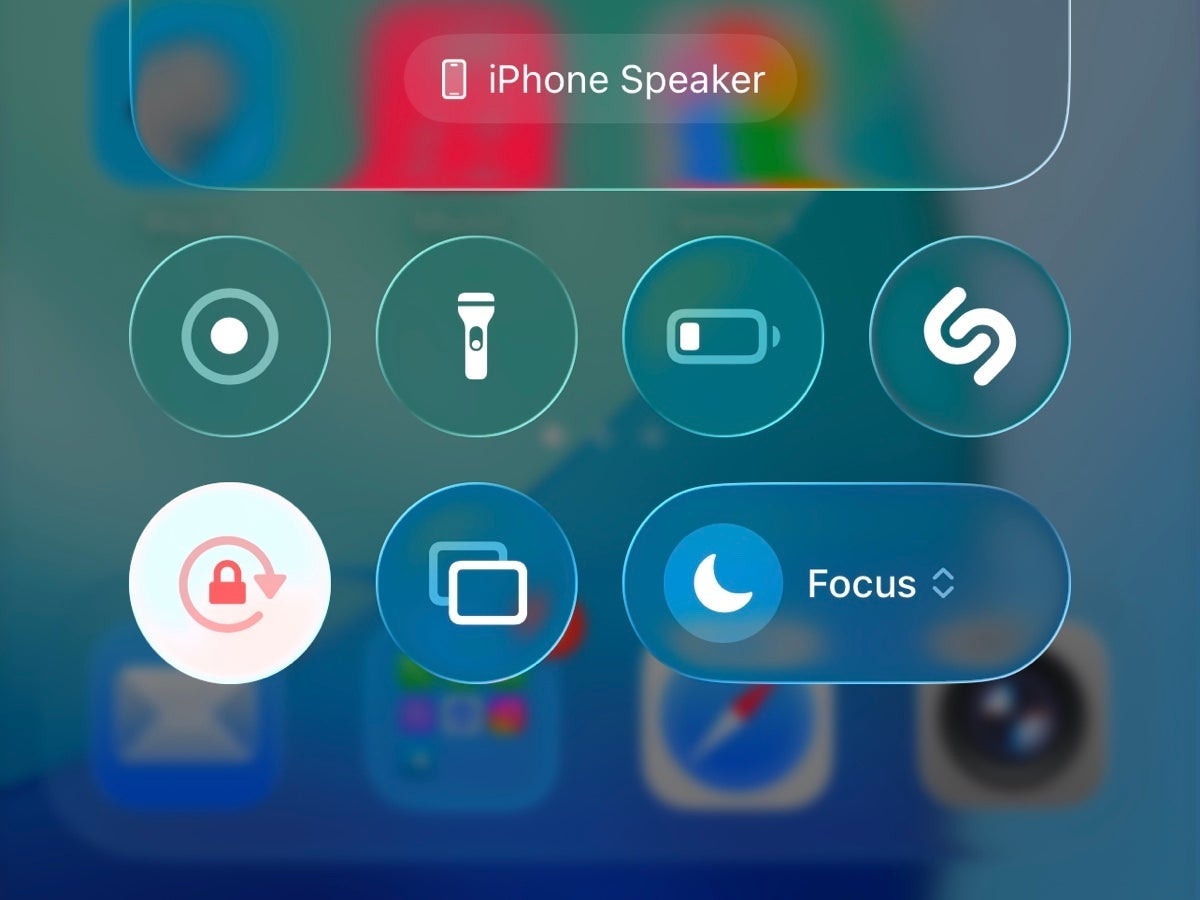iOS 26 has a bold new look, with Liquid Glass redesigning the entire interface. This overhaul, focusing heavily on stunning visual effects, has been met with both awe and criticism. 
Let’s dive into what makes Liquid Glass so mesmerizing-and what’s causing the frustration.
Apple’s Liquid Glass design is an impressive feat of digital craftsmanship. From the shimmering glass tabs to the fluid refractive elements, it’s clear that Apple has put immense effort into this redesign. The company even crafted physical glass app icons in its labs, studying how light interacts with these shapes to create a digital experience that mimics real-life glass. It’s nothing short of stunning in motion, with iOS 26 looking absolutely mesmerizing.
In technical terms, Liquid Glass is a marvel. However, the reality of using it has revealed several glaring flaws. As soon as users began testing the iOS 26 Beta, reports flooded in about serious issues with legibility and user experience. While the transparent, glassy look is undeniably beautiful, it sometimes makes text nearly unreadable. Elements like notifications struggle to adapt to the background, leaving the user with a jumbled mess that’s hard to decipher. The contrast is inconsistent, and the overall visual overload causes confusion when too many Liquid Glass elements are on screen at once.
Despite these shortcomings, iOS 26 does have its merits. The Camera and Phone apps have been streamlined, offering a less cluttered interface. The lock screen also boasts a sleek design, though it too suffers from notification issues. But, as with most early-stage software, there’s hope for improvement. iOS 26 is still in Beta, meaning Apple has time to perfect these effects and tweak the design before the official release.
It’s clear that Apple has a vision, but it may need more time to refine this ambitious design. With months to go until the public launch, there’s hope that the translucent elements can be adjusted and the performance issues fixed. After all, no one wants iOS 26 to end up as the next Windows Vista. Apple has done well in the past with its transparency features, so it’s disappointing that it hasn’t been perfected here. Even if Liquid Glass looks flawless, the strain it places on device performance is a major issue, with many users reporting lag and bugs.
In the end, while Liquid Glass looks incredible on paper, it needs more time in the oven to truly shine. Apple’s recent streak of bug-filled updates doesn’t help matters, but there’s still room for hope. Hopefully, the final product will be more than just a visual gimmick.